If you have experience in woodworking, you will probably know that every time you drill a hole into a joist you reduce the structural integrity of your home, albeit on a small scale. That doesn’t mean a poorly placed joist hole will bring your home down, but it does mean that you need to be selective and cautious with where you put holes in your joist.
Improperly placed or spaced joist holes can cause a whole host of problems, including weak floor or ceiling joists, warping floors, and other issues that can make your house dangerous.
Alternatives
Because this can be a bit of a technical procedure, it is always worthwhile to explore any potential alternative you have to drilling holes into your joists. If you can go across your joists rather than through, use existing holes in the joists or simply staple underneath the joists; both alternatives are always preferable to adding new holes.
This way you eliminate any potential risk of getting things wrong and also save yourself the work of figuring out where a new hole should go. We’ll go over some alternatives to drilling your joists at the end of the article.
The Right Spot
There are additional general criteria for where joist holes should go. Vertically speaking, your joist hole should not be two inches or less from the top of the joist or the bottom of the joist. Ideally, you want the middle of your hole to be on the centerline of the joist, i.e. the middle of it vertically speaking. Finally, the joist hole should not be larger in diameter than one-third of the vertical length of the joist.
Err on the Side of Small
Whether you want to hang ethernet from the joists or run plumbing through the floor joists, it is always a good policy to keep your holes as small as possible. The rule is to avoid cutting any more than you need.
This reduces any potential loss of structural integrity and reduces the chance of splitting the joist timber. For instance, if you have a ¼ inch piece of wire, a ½ inch drill bit is all you need for the joist hole, especially if your joists aren’t very thick, to begin with.
Precision is Key
As with any other precision job, it is always better to be safe than sorry. When you take measurements for your joist hole, it is always better to measure twice and cut once. Taking the extra minute to ensure you got everything right is part of professional due diligence and doing a quality job. When you determine the best spot for your joist hole, make things easier by using an easy-to-see marker color like red or black to mark the area where the hole will go.
The Other Side of the Joist
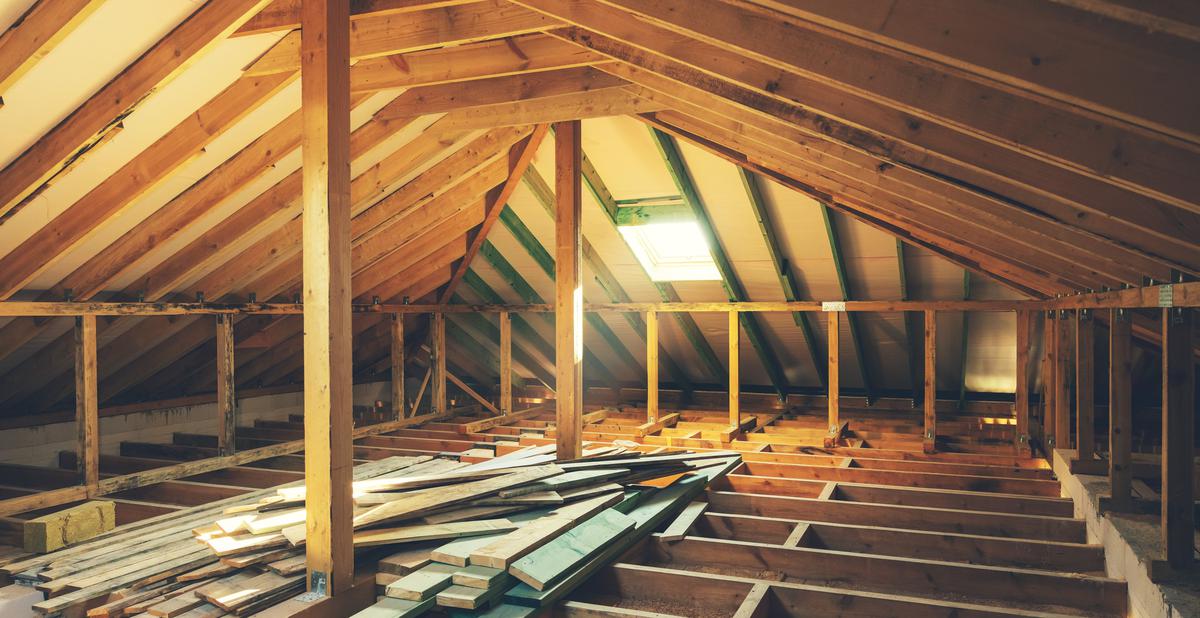
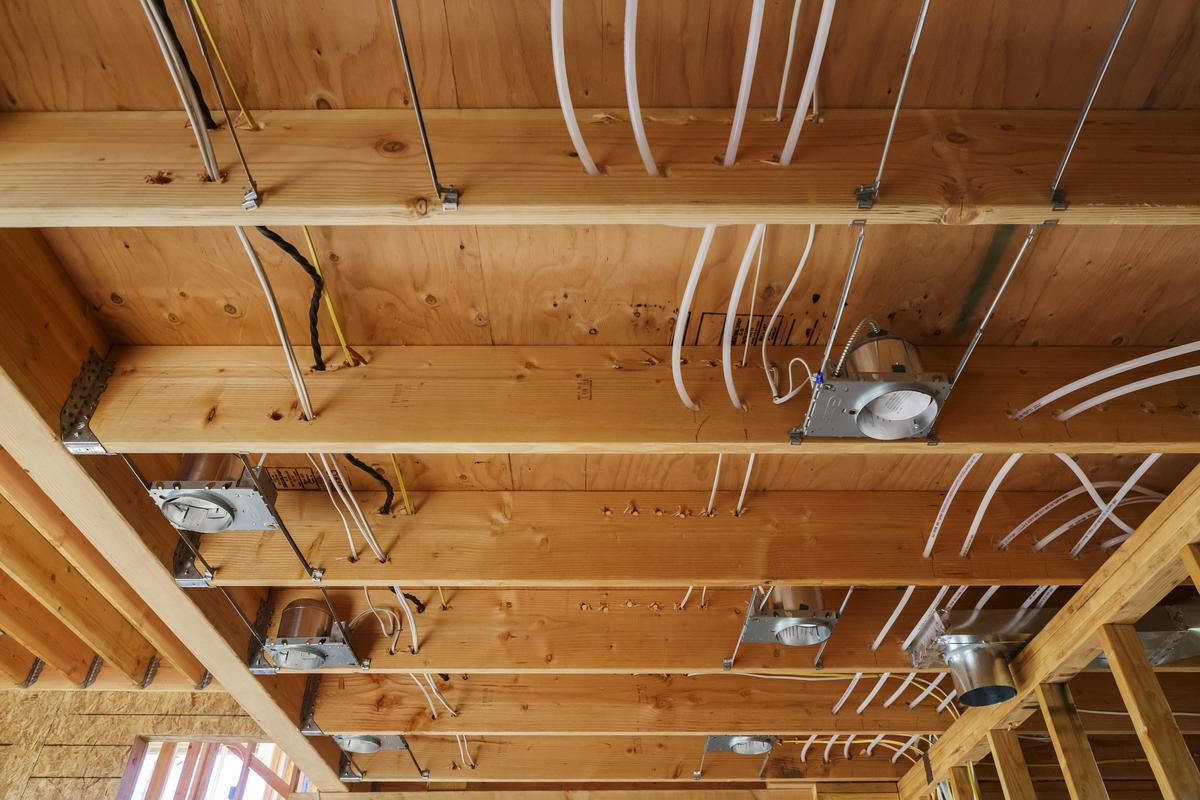
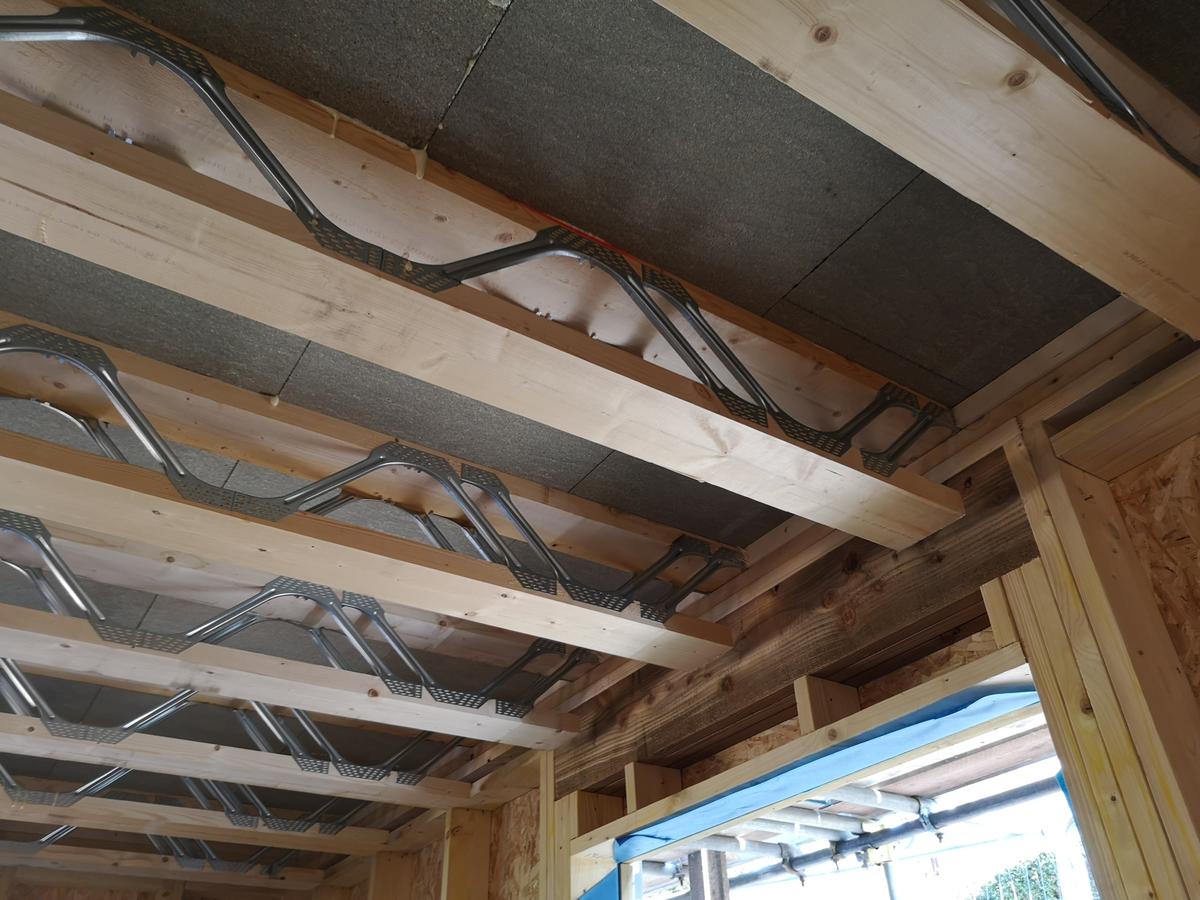
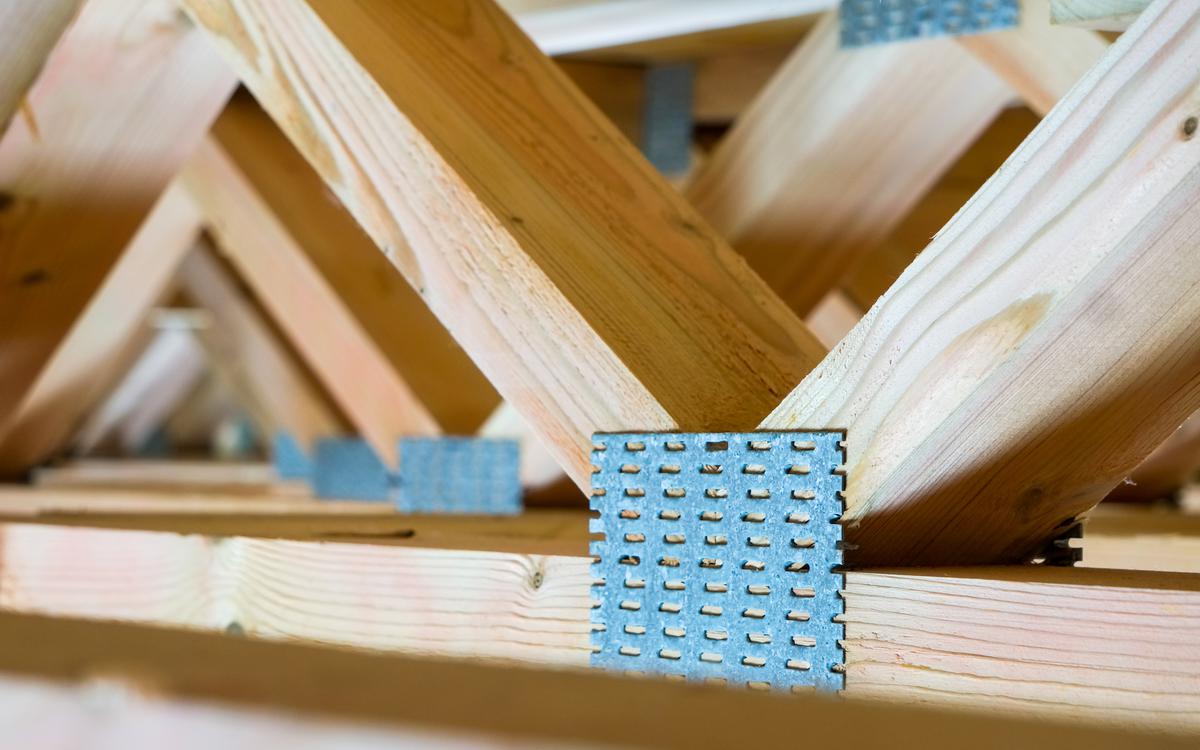
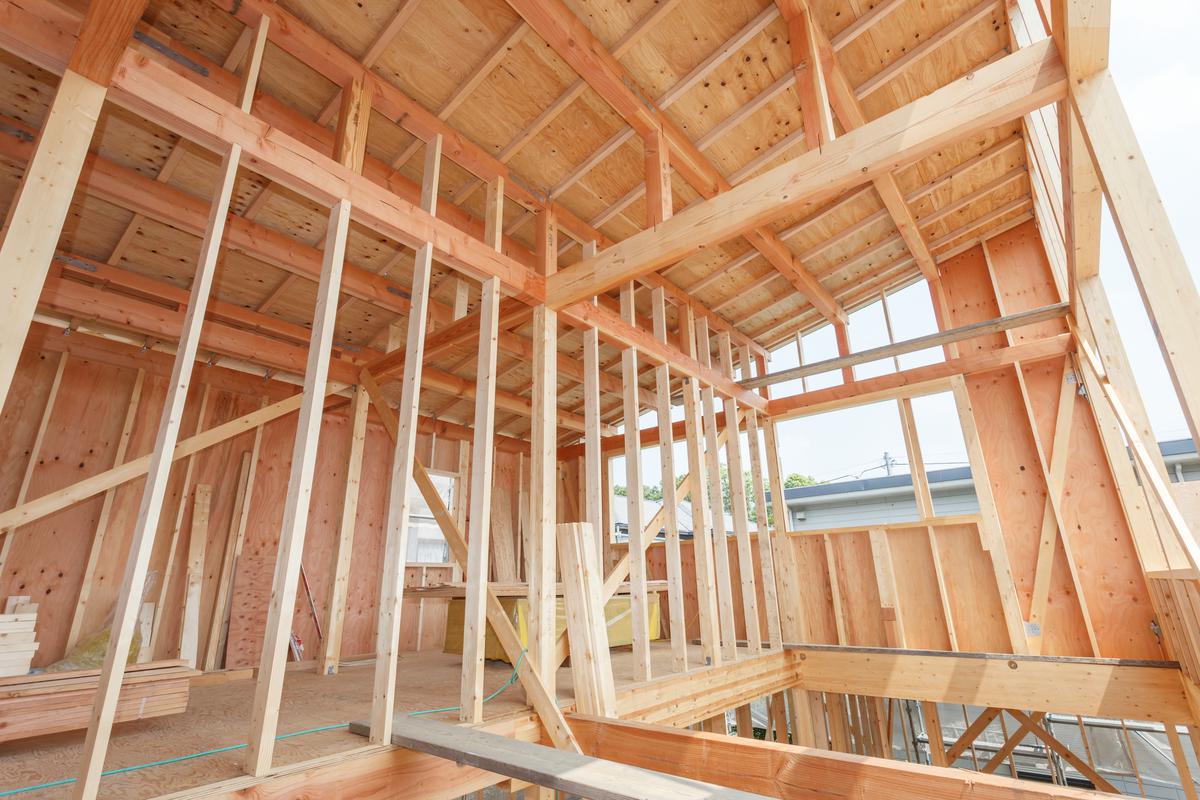
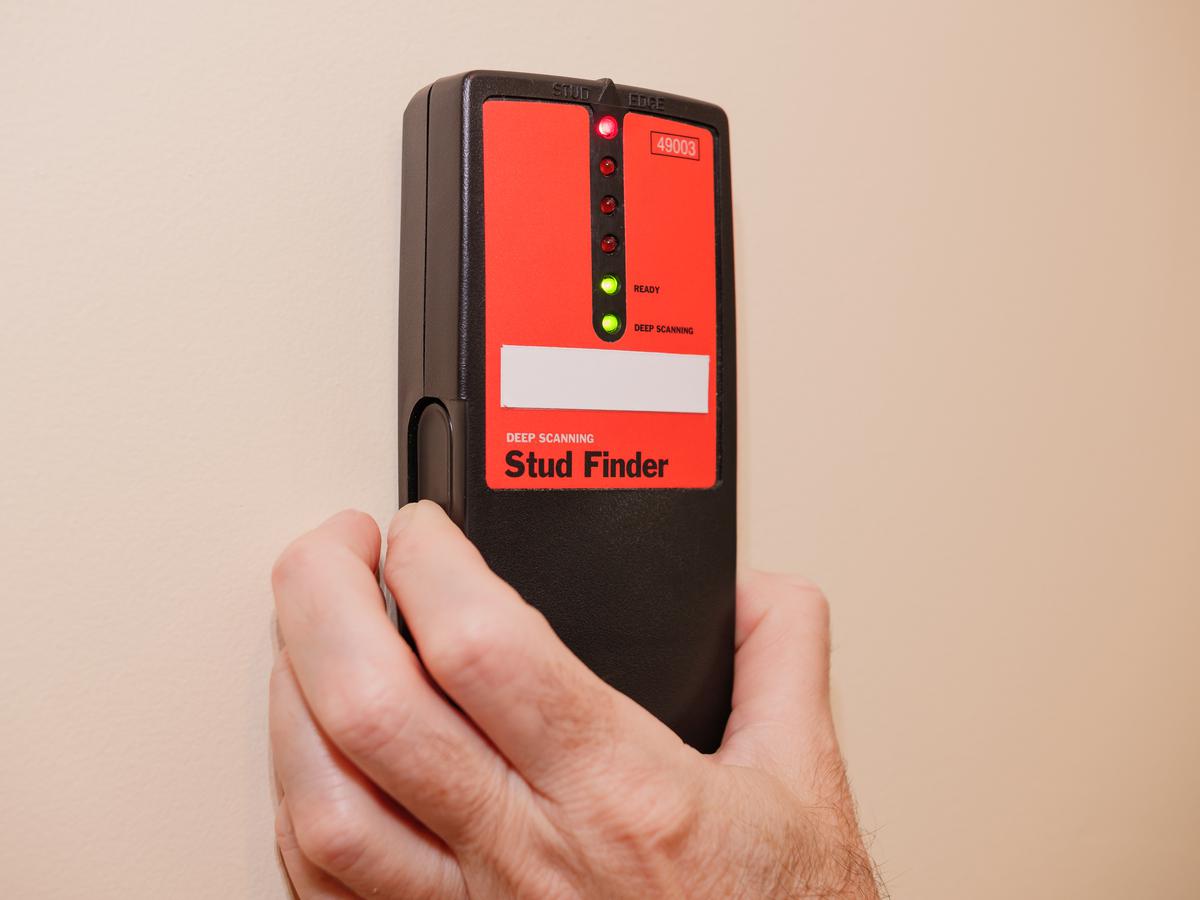
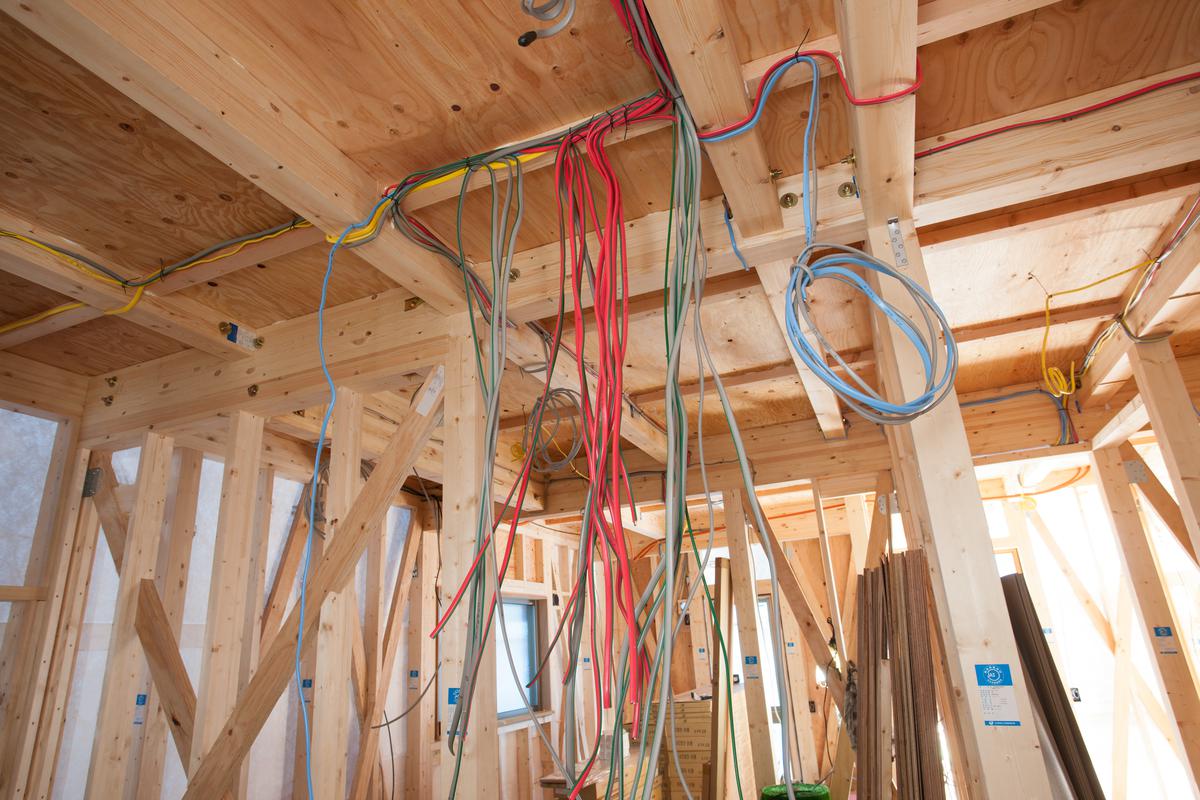



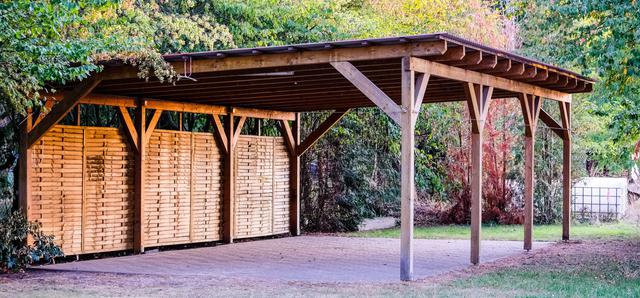
comments